What is Christmas?
The short answer is that it's a Christian festival that celebrates the birth of Jesus.
According to the nativity story, Mary and Joseph travelled from their home in Nazareth (in what is now Israel) to Bethlehem (in what is now the West Bank) to take part in a census. Months earlier, Mary had been visited by the Angel Gabriel and told she would give birth to a boy who she would name Jesus, and who would be the son of God. The child was delivered in a stable. Shepherds and wise men brought birthday gifts.
The bible does not specify the date of Jesus's birth. Some people have suggested it was in the spring because of the custom of sending sheep into the fields at that time of year. "And in the same region there were some shepherds staying out in the fields, and keeping watch over their flock by night." (Luke 2:8)
So how did it come to fall on December 25th?
In the fourth century, Pope Julius I chose December 25th as the date of the Feast of the Nativity. It took a while to catch on. Christmas didn't reach northern Europe until the end of the eighth century, and Christmas Day didn't become a federal holiday in the US until 1870.
December 25th is the day that the Roman Catholic and Protestant churches celebrate Christmas, but many Orthodox Christians use the Julian calendar, which runs 13 days behind the standard international Gregorian calendar, for religious festivals. Christmas is celebrated by Orthodox Christians on January 7th in Russia, Ukraine, Serbia, Belarus, Egypt, Ethiopia, Georgia, Kazakhstan, Macedonia, Moldova and Montenegro.
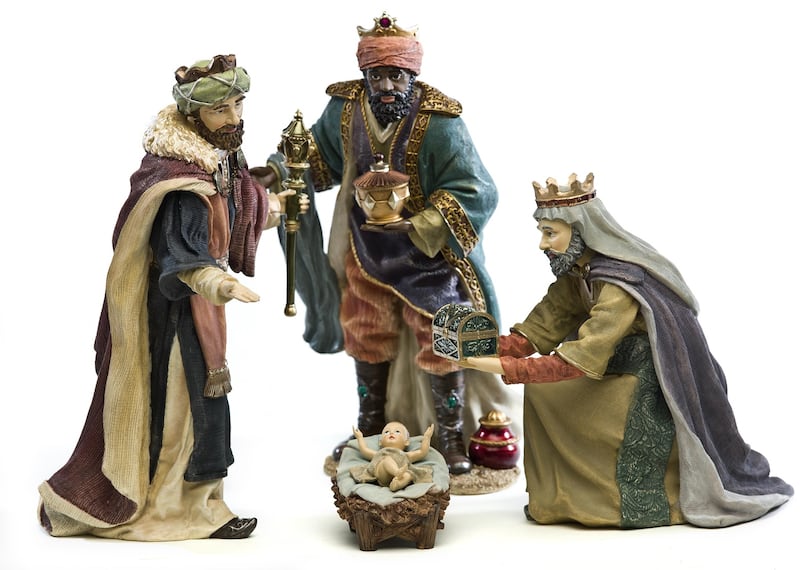
So there was no holiday season before the birth of Jesus?
Not as a festival to celebrate the nativity, obviously. But the reason why Pope Julius I picked December 25th was to appropriate pagan midwinter festivals and transform them into a Christian occasion.
In Scandinavia, the Norse celebrated Jul (Yule) from the winter solstice (December 21st) for as long as it took for large logs to burn out, usually about 12 days. There was plenty of meat as animals were slaughtered so they wouldn't need feeding over the winter, and home-brewed wine and beer was ready for drinking at Yuletide.In Rome, Saturnalia – honouring Saturn, the god of agriculture – began just before the winter solstice and continued for seven days. Men dressed as women, masters dressed as servants, and there was much feasting and rowdy behaviour.
In the British Isles, druids cut and blessed mistletoe to mark the winter solstice.
And it’s been “always Christmastime” ever since?
Not quite. When Oliver Cromwell and his Puritan forces took over England, Christmas was banned. Noting that the date of Jesus's birth is not in the Bible, the Puritans decided it was all a just a pseudo-Christian gloss for the earlier pagan festivals. In 1644, Christmas was outlawed – no decorations, no mince pies and definitely no decadence. An Ordinance for Abolishing of Festivals was passed by parliament in June 1647 banning Christmas, Easter and Whitsun.
In the US, where the Puritans were even more, well, puritan, anyone showing a bit of Christmas spirit in Boston faced a hefty fine of five shillings. Some referred to Christmas as "Foolstide".
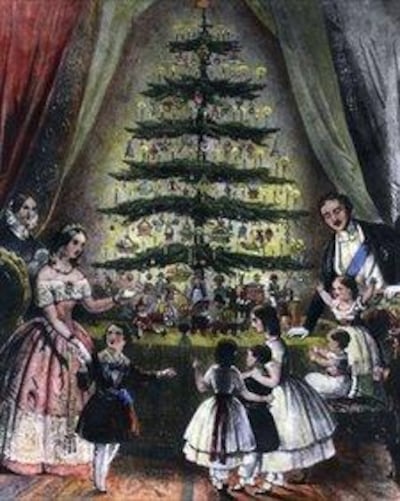
Along with the monarchy in Britain, the festival was soon restored, and it was the Victorians who really shaped Christmas as we know it today. They instituted carol singing, decorating trees and the exchange of cards. The first Christmas tree was brought from Germany by Prince Albert to the British royal household in the 1840s.
These days, about seven million real trees are sold in the UK each year, and as many as 30 million in the US. Spending on Christmas gifts reached a peak in 2014, at an average of €670 per household in the UK. Typical monthly household spending in the UK on food increases by 20 per cent in December, and alcohol purchases increase by 30 per cent.
So it’s more of a capitalist extravaganza than a Christian festival now?
Perhaps, but Christmas is also a boom time for churches, with many people attending Mass over the holiday even if they don’t consider themselves to be believers. Even some hardened atheists find candle-lit midnight Mass on Christmas Eve or a children’s nativity service hard to resist.
What about non-Christians – those of other faiths, or of no faith?
Indeed, there are a lot of them. Rather than being resentful of a Christian festival, Muslims often commit to extra charity work over the Christmas period, and some mosques hold special lectures about Jesus, who is considered in Islam to be a prophet. The festival of Eid al-Fitr, which marks the end of the holy month of Ramadan, is sometimes called (by non-Muslims) the Muslim equivalent of Christmas in as far as it is a time spent with family and when gifts are exchanged. The next time Eid al-Fitr and Christmas coincide is 2033.
The phrase "Happy Holidays" has become commonplace in many parts as a catch-all for Christmas, Hanukkah (the Jewish festival which falls close to Christmas), and the non-religious. "Chrismukkah" interfaith greeting cards are available for those who want to mark both.
Where in the name of Jesus did mince pies come from?
Today, they are round and sweet, but they used to be oblong and savoury. Mince pies date back to the 13th century, when they were known as mutton, minched, shrid or Christmas pies, and contained principally meat along with suet, fruit and spices.
The Victorians made them sweeter, although suet remained part of the "mincemeat" recipe until food companies tuned into the needs of vegetarians and vegans.
Few people make their own from scratch these days, and why would you when you can choose from chocolate and cherry mince pies, gin mince pies, salted caramel mince pies, chocolate orange mince pies …?
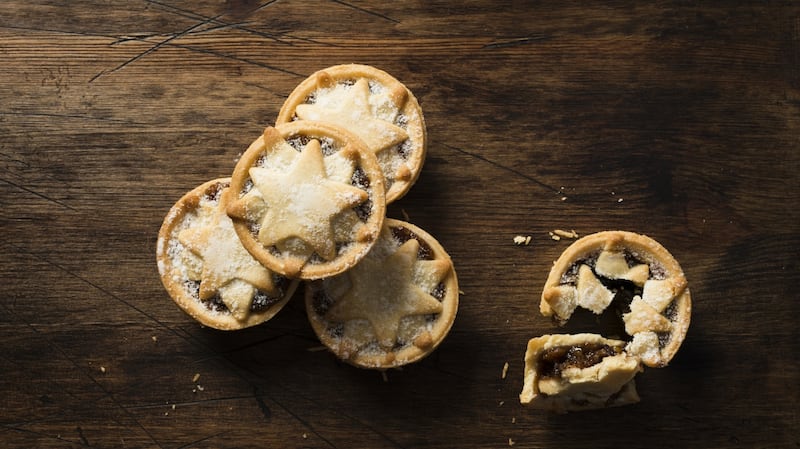
What about turkeys?
Well, goose, pheasant, swan and peacocks were the roast birds of choice for the Christmas dinner table for centuries. King Henry VIII was known to eat turkey at Christmas soon after the bird was introduced to England in 1526, but it didn’t become widespread until the 1950s.
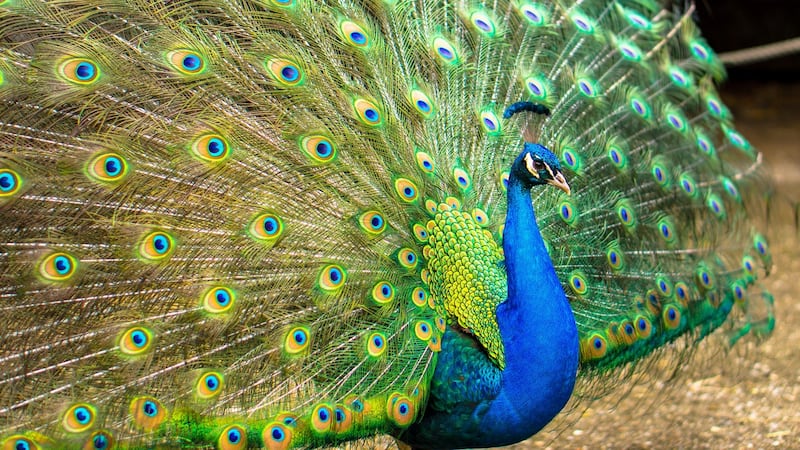
Who is Santa Claus?
Aka Santy, Father Christmas and St Nicholas. Nicholas was a fourth-century bishop, a rich man who secretly gave gifts to the poor. One beneficiary was a man with three daughters who could not afford dowries to marry them off. Nicholas dropped a bag of gold down the man's chimney which fell into a stocking that had been hung up to dry.
The bishop was persecuted, exiled and imprisoned for his faith. After his death on December 6th, the date became an occasion on which children were given small gifts in his memory and, in some countries, children still open presents on St Nicholas's Eve, December 5th.
Later, St Nicholas was usurped in popular culture by Father Christmas, Santy or Santa Claus. According to legend, he travels through the sky on a sledge pulled by eight reindeer adorned with jingle bells to slide down chimneys and deposit presents by the fireplace.
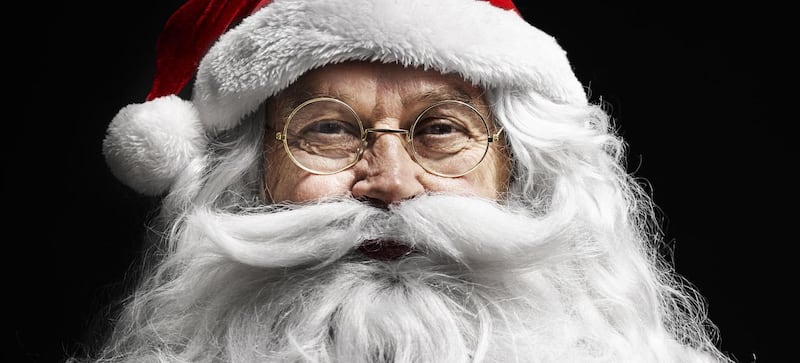
Why is St Stephen’s Day called Boxing Day?
The name, mostly used in the UK for December 26th, refers to a Christmas box traditionally given to servants and tradespeople, containing money, a gift and sometimes leftover food.
But Christmas doesn't end there. In theory, the Christmas festival lasts 12 days, until January 6th, the day when the three wise men turned up in Bethlehem with gifts of gold, frankincense and myrrh for baby Jesus. Traditionally, the celebrations continue and the decorations remain in place until 12th night, also known as Epiphany.
The song The 12 Days of Christmas, which started life as an 18th-century rhyme before being set to music by Frederic Austin in 1909, logs all the gifts given to the singer by his or her true love, ranging from a partridge in a pear tree to 12 drummers drumming. One UK financial services group estimates the cost of the gifts this year at more than €33,000.
How do you pay for a maid-a-milking?
It’s not clear. You can’t call them maids any more, and most milking is done by machine.
What next?
Easter! This is the Christian festival marking the crucifixion and resurrection of Jesus. The gap between Christmas and Easter varies between three and four months, and in 2019 it’s on the outer edge of that range with Easter falling on the third weekend of April. Or, for the resolutely non-Christian, there’s the spring equinox on March 21st.
Until then, Merry Christmas.
Reading list
The Bible – the nativity story is told in the books of Matthew and Luke
A Christmas Carol – Charles Dickens
The Snowman – Raymond Briggs
The Night Before Christmas – Clement C MooreChristmas: A Biography – Judith Flanders
Pigín Xmas – Kathleen Watkins














